Why You Should Monitor Your Health with an Oxygen Pulse Oximeter
In today's fast-paced world, maintaining optimal health has become more important than ever, and one essential tool that can aid in this endeavor is the Oxygen Pulse Oximeter. This compact and non-invasive device measures the oxygen saturation levels in your blood, providing crucial insights into your respiratory health. Whether you're an athlete monitoring your performance, a person managing a chronic condition, or simply someone who values personal wellness, understanding how to effectively use an Oxygen Pulse Oximeter can empower you to take charge of your health.
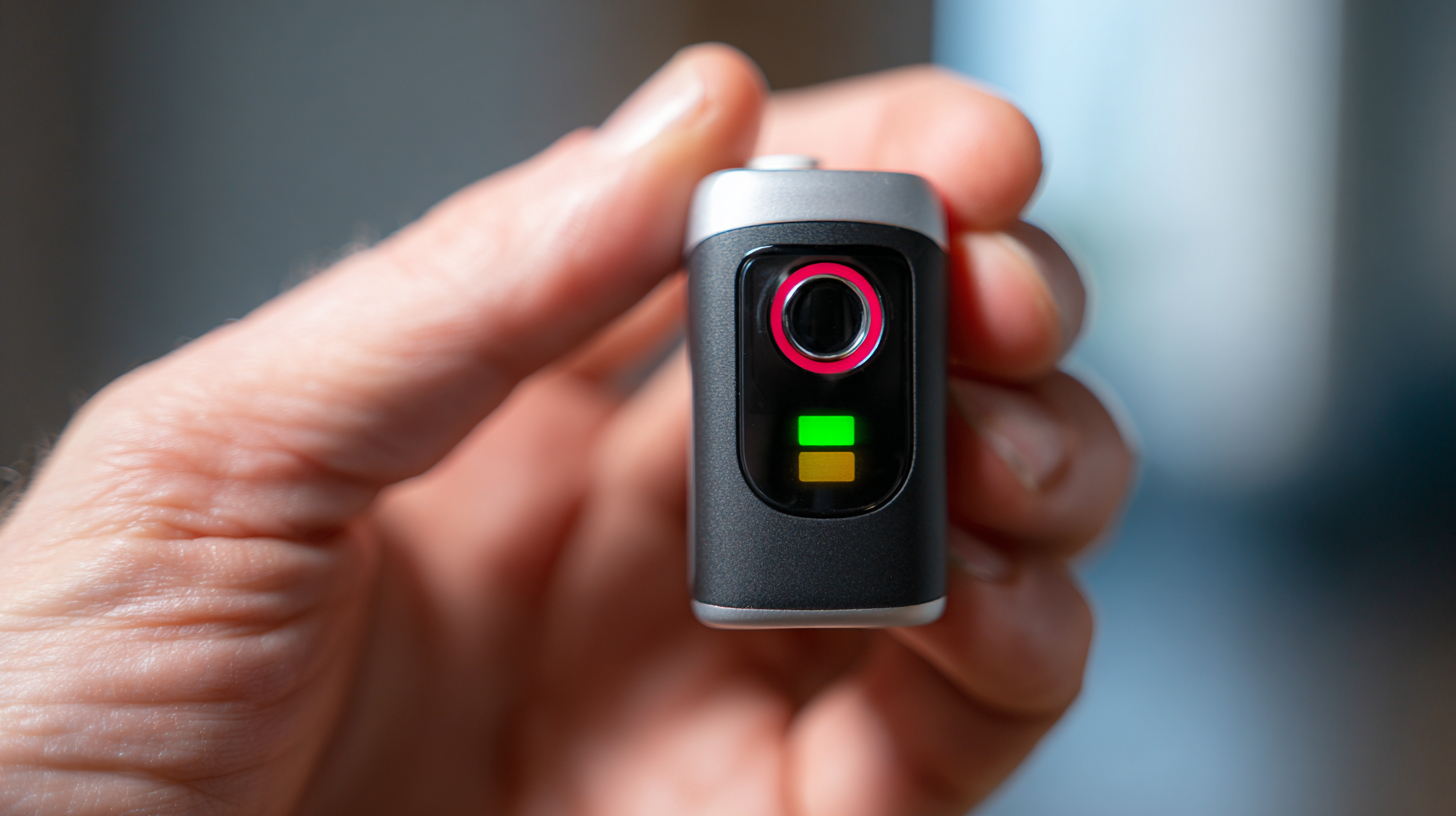
By regularly checking your oxygen levels, you can identify potential problems early and make informed decisions regarding your lifestyle and medical care. In this guide, we will explore how to properly utilize an Oxygen Pulse Oximeter, interpret its readings, and incorporate it into your daily health routine for enhanced well-being.
The Importance of Oxygen Monitoring in Preventing Health Complications
Monitoring oxygen levels in the body has become increasingly important as research highlights the critical role oxygen plays in overall health. According to the World Health Organization, over 200 million people globally suffer from chronic respiratory diseases, which are often exacerbated by low oxygen saturation levels. Continuous oxygen monitoring through a pulse oximeter can help identify these dips in oxygen, allowing for timely interventions that can prevent severe health complications, such as respiratory failure or cardiac arrest.
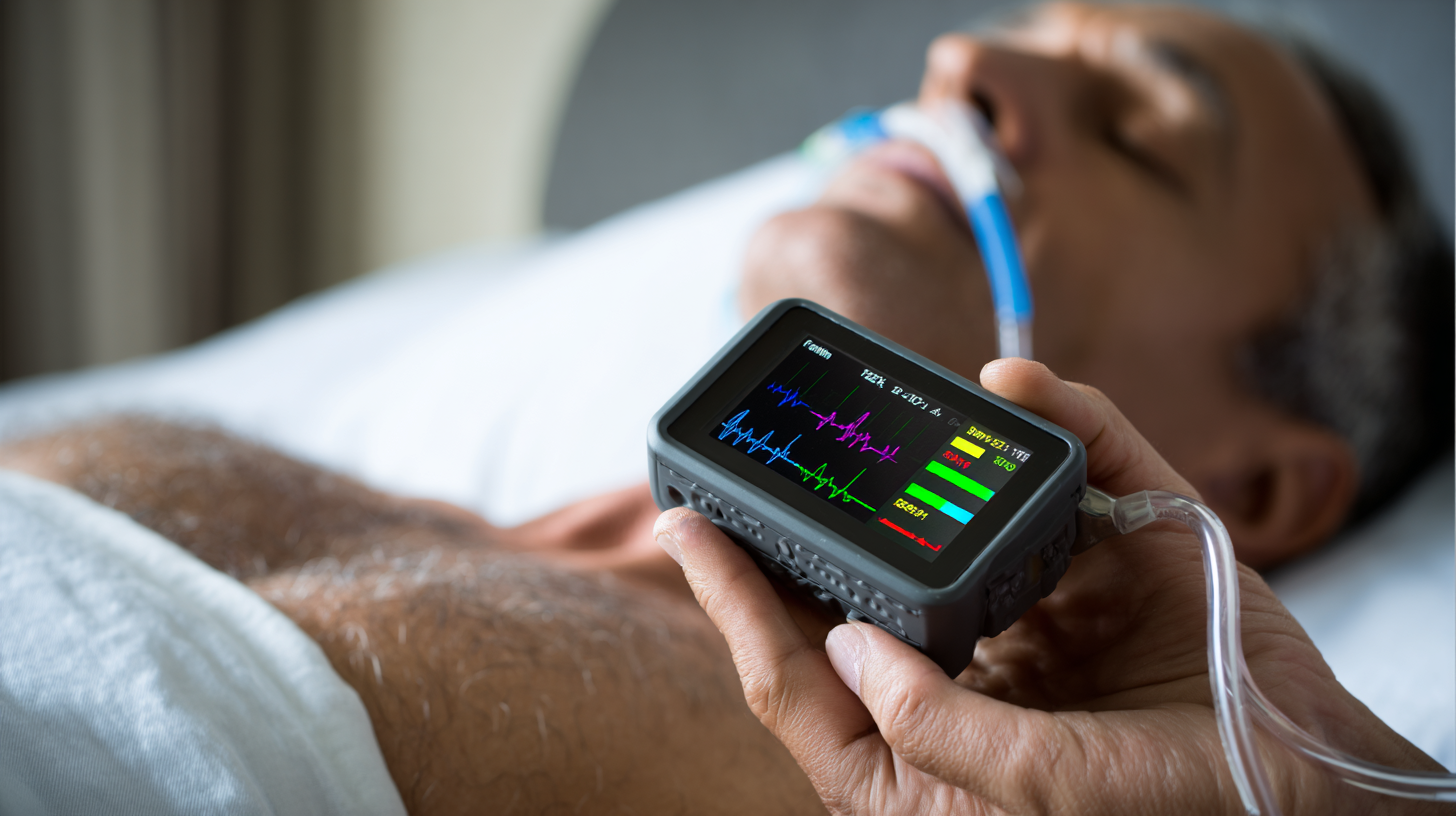
Data from recent studies indicate that routine oxygen monitoring can significantly improve outcomes for patients with conditions like COPD and asthma. For instance, a report published by the American Lung Association states that individuals with chronic lung diseases who regularly monitor their oxygen levels can reduce hospital admissions by up to 30%. This proactive approach empowers patients and healthcare providers to take necessary actions, such as adjusting medications or utilizing supplemental oxygen, thereby mitigating risks and enhancing quality of life.
Understanding the Mechanism of Pulse Oximeters in Oxygen Saturation Measurement
Pulse oximeters are vital tools in monitoring oxygen saturation levels in the blood, providing insights into an individual's respiratory and overall health. These devices operate on the principle of spectrophotometry, where they emit light through a patient's finger, earlobe, or toe. By utilizing two different wavelengths of light—typically red and infrared—the oximeter measures the amount of oxygenated and deoxygenated hemoglobin present in the blood. The varying absorption of light by these two forms of hemoglobin allows the device to calculate the percentage of oxygen saturation (SpO2) in a non-invasive manner.
This mechanism of action hinges on the relationship between light absorption and blood composition. When oxygen binds to hemoglobin, it alters the hemoglobin's absorbance characteristics. The pulse oximeter continuously assesses these changes during the heartbeat cycle, allowing for real-time monitoring. This capability is especially crucial for patients with respiratory conditions, ensuring they maintain adequate oxygen levels. Overall, understanding how pulse oximeters operate underscores their importance in healthcare, emphasizing the need for regular monitoring to preempt potential health issues related to oxygen deficiency.
Why You Should Monitor Your Health with an Oxygen Pulse Oximeter
| Measurement Parameter | Normal Range | Potential Issues | Recommended Action |
|---|---|---|---|
| Oxygen Saturation (SpO2) | 94% - 100% | Hypoxemia, Fatigue | Consult a doctor if below 94% |
| Pulse Rate | 60 - 100 bpm | Tachycardia, Bradycardia | Seek medical advice if outside range |
| Perfusion Index | 0.02% - 20% | Poor Circulation | Evaluate circulation; consider lifestyle changes |
| Skin Temperature | 32°C - 35°C (89.6°F - 95°F) | Hypothermia, Poor Blood Flow | Warm the area and monitor; consult if persistent |
Industry Standards: Accuracy and Reliability of Pulse Oximeter Readings
Pulse oximeters are widely used medical devices for monitoring blood oxygen levels, yet concerns about their accuracy and reliability persist, particularly regarding racial bias. Historically, these devices have demonstrated a significant disparity in performance across different skin tones. Research indicates that individuals with darker skin may receive inaccurate readings due to the optical absorption characteristics of melanin, leading to potentially critical clinical misjudgments. This inherent bias underlines the urgent need for improvement in the technology used in pulse oximeters.
The industry is beginning to address these challenges with a focus on enhancing the accuracy and reliability of pulse oximeter readings. Innovations such as multi-wavelength sensors and advanced algorithms powered by machine learning are being explored to mitigate bias and improve diagnostic precision. Additionally, recognizing the importance of equitable healthcare, medical device manufacturers are urged to prioritize inclusivity in their design processes. As the FDA prepares to issue new guidelines, there is hope that these advancements will lead to pulse oximeters that deliver consistent, reliable results for all patients, regardless of race.
How Low Oxygen Levels Impact Overall Health: Key Statistics and Findings
Low oxygen levels in the body can have significant implications for overall health. Research indicates that maintaining adequate oxygen saturation is crucial for optimal organ function, particularly for the brain and heart. When oxygen levels fall below the normal range, individuals may experience symptoms such as fatigue, headaches, and reduced cognitive abilities. In more severe cases, prolonged low oxygen saturation can lead to serious health complications, including organ damage and increased risk of cardiovascular diseases.
Statistics underscore the urgency of monitoring oxygen levels, especially for vulnerable populations such as those with respiratory conditions, the elderly, or individuals recovering from surgery. Studies show that nearly 5% of adults may experience undiagnosed low oxygen levels, which can lead to chronic health issues if left unmonitored. Additionally, a significant percentage of hospital admissions are related to respiratory problems exacerbated by insufficient oxygen intake. By using an oxygen pulse oximeter to track oxygen saturation regularly, individuals can take proactive steps towards better health, ensuring they remain well-informed about their respiratory efficiency and overall wellness.
Integrating Pulse Oximeters into Daily Health Routines for Personal Wellness
Integrating pulse oximeters into daily health routines can significantly enhance personal wellness by providing real-time insights into your oxygen saturation levels. This small, portable device is easy to use and can be a game-changer, especially for those with respiratory conditions or those participating in high-altitude activities. By adding this simple monitoring tool to your daily regimen, you can keep track of your health and make informed decisions about physical activities, ensuring you stay safe and healthy.
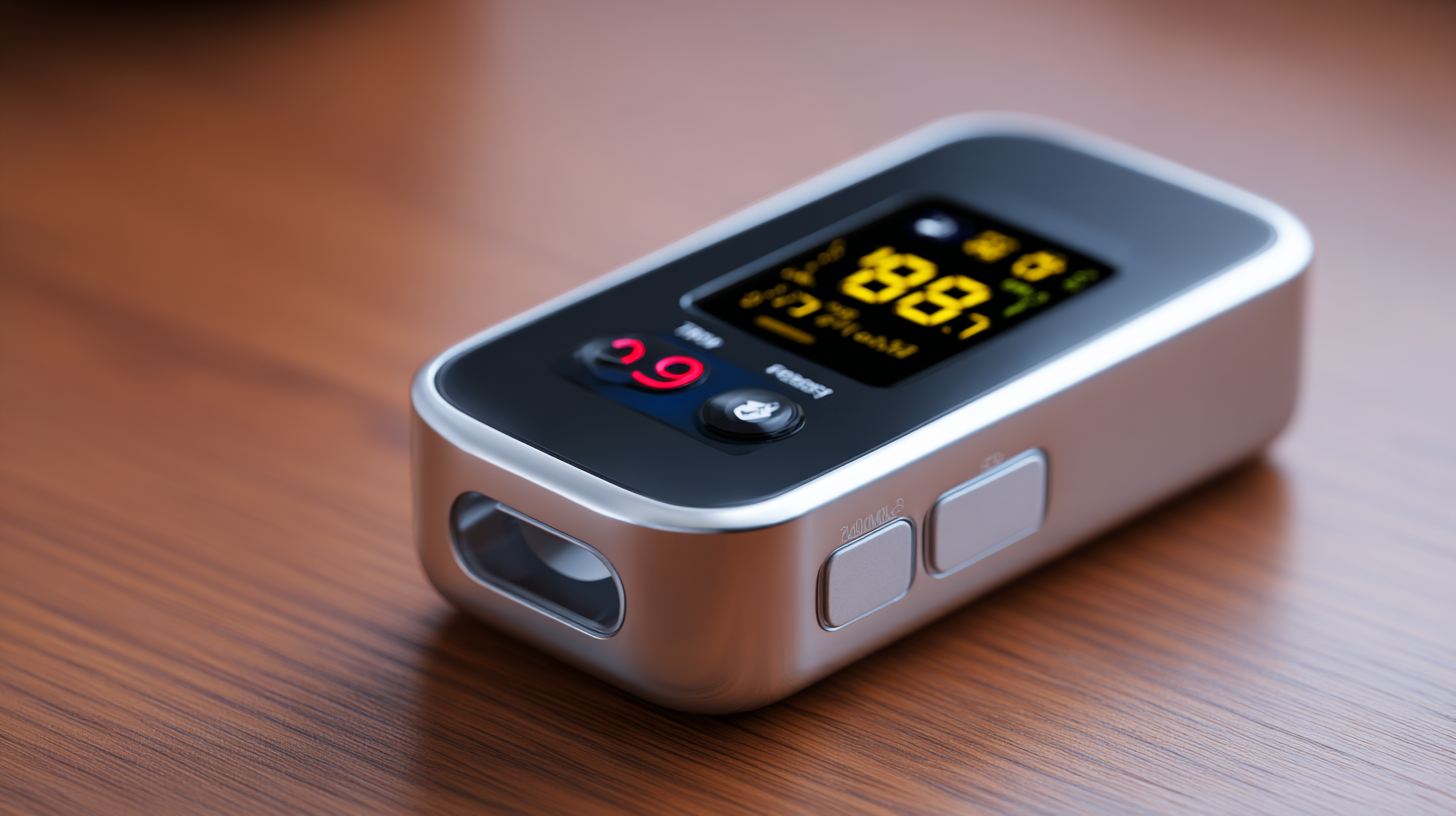
Tips: Start by measuring your oxygen levels at different times of the day to establish a baseline. This can help you notice any fluctuations that may need attention. Additionally, incorporate pulse oximeter checks after intense workouts or during periods of physical exertion to monitor how well your body is coping.
Regular use of a pulse oximeter can also encourage mindfulness about your overall health. Pair it with other wellness practices, such as deep-breathing exercises or regular physical activity, to maximize its benefits. Make it a habit to review your readings weekly, identifying any patterns that could indicate a need for lifestyle adjustments or further medical consultation.
Related Posts
-
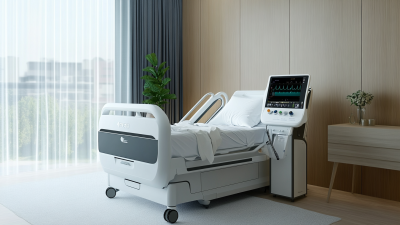
Finding the Right Manufacturer for Your Pulse Ox Machine Needs
-
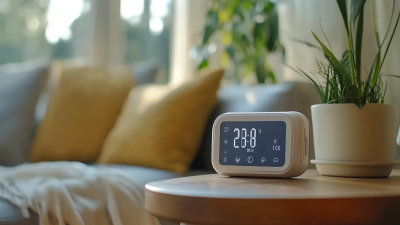
Revolutionizing Healthcare with Home Pulse Oximeters and Their Impact on Global Patient Monitoring
-
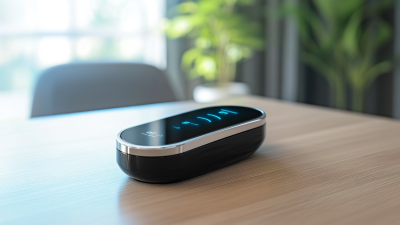
Explore Innovative Options Beyond the Best Pulse Oximeter for Your Health Needs
-
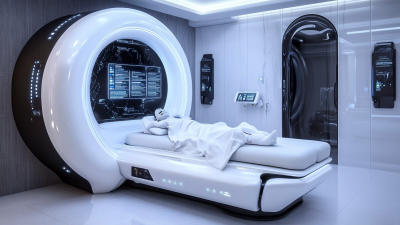
Global Innovations in Pulse Ox Machines: What to Expect by 2025
-
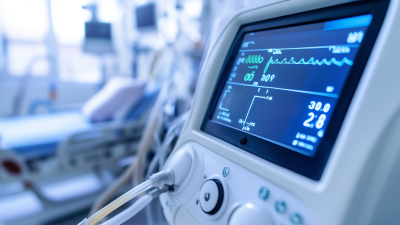
Ultimate Checklist for Choosing the Best Oxygen Pulse Oximeter for Your Needs
-
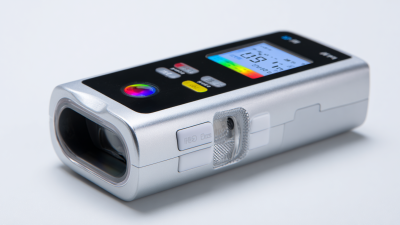
Exceptional Quality Pulse Oximeters from China Delivering Global Solutions in Australia

